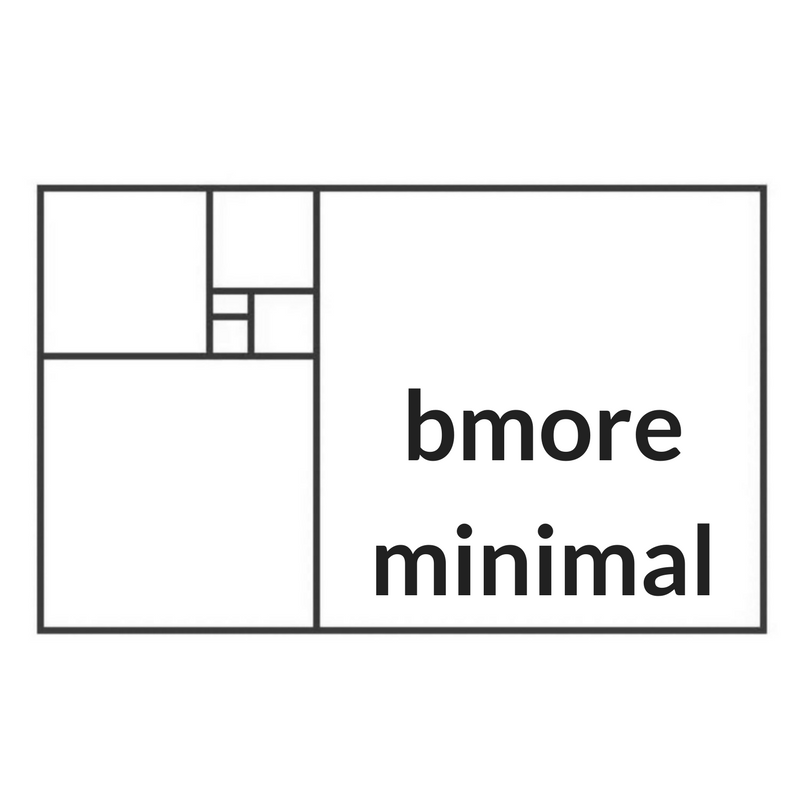According to Story of Stuff, the average American receives 41 pounds of promotional mail each year. Obviously that represents a huge toll on our environment, in terms of trees, water, and fossil fuels involved in producing and distributing that much mail. But these mailings can clutter up our home environment, too.
Mail is a sneaky form of procrasticlutter, considering it has to be dealt with anew practically every day. A pile of a few catalogs and envelopes from Monday will soon attract another day’s worth of mail, and another, and another, making the task of processing that mail an unpleasant enough prospect that we’re tempted to procrastinate it some more.
And worse, much of that mail is advertising, exposing us to products we wouldn’t have otherwise coveted, to coupons for products we wouldn’t have otherwise purchased, and brands we wouldn’t have otherwise patronized. Promotional mail is a one-two punch for mess, because it becomes clutter and begets clutter in the form of impulse-driven purchases.
So what’s a girl to do? CatalogChoice to the rescue. This non-profit makes it simple to opt out of catalogs, and provides guidance on how to stop the flow of other junk mail, too, like pesky credit card offers.
Add “Sign up for CatalogChoice” to your next power hour task list, and make processing your mail a daily routine. It only takes one minute to recycle the junk, and one minute more to open and read anything else that arrived.
And if you’re particularly rushed and can’t read through the non-junk mail right away, then at least put it in a tray or desk organizer instead of on a table or counter. Then you’ll at least look organized!
